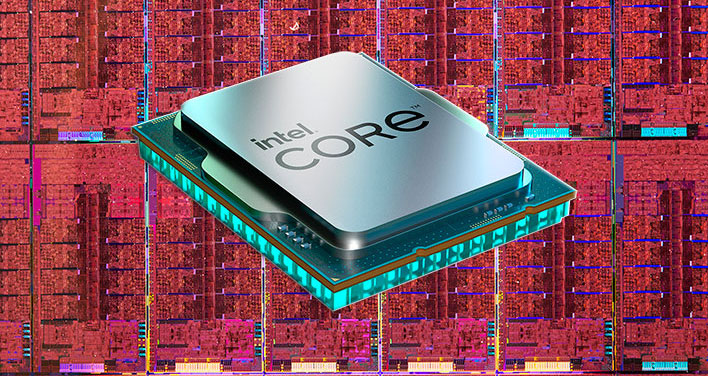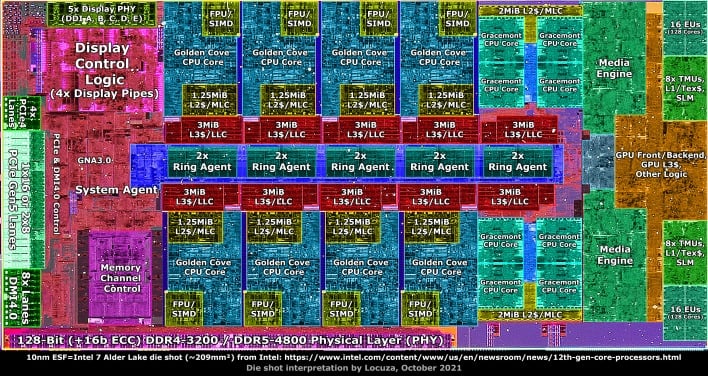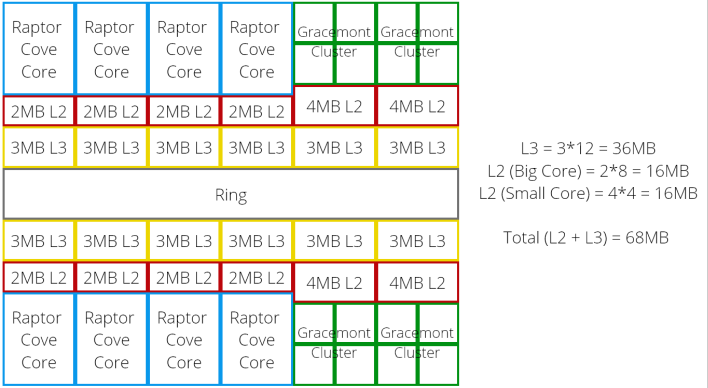Move Over 3D V-Cache, Intel Raptor Lake Could Pack A Huge Cache Upgrade For Gaming

Even after all of our refinements to the technologies; even despite innumerable advancements, the single biggest bottleneck for superior CPU performance is still simply getting data into and out of the CPU. That fact was brought into sharp focus with the release of AMD's Zen 2 CPUs, which offered drastically-improved gaming performance over their Zen+ predecessors largely due to their massive L3 cache.
AMD's been leaning hard on the cache play recently; not only did the company ship graphics processors that are heavily reliant on large near-GPU caches for high performance, but the red team's response to Intel's Alder Lake snatching away the gaming performance crown was to slap an extra 64 MB of L3 cache on its fastest single-threaded CPU. It remains to be seen who's the real victor in that fight, but the approach stands in stark contrast to Intel's idea of simply ramping up clock speeds to the sky.

Well, it looks like Intel sees at least some merit in AMD's approach—at least if the latest leaks on Twitter are to be believed. Largely-anonymous leaker OneRaichu tweeted vaguely at first, saying that "68M cache is interesting.😄" OneRaichu clarified in a later tweet that he was talking about Intel's 13th-generation Raptor Lake's total L2 and L3 cache.

A reply in the thread from Twitter user "ns4e921" gives an idea of the possible layout of this 68 MB of cache on Raptor Lake: 2*8+4*4+3*12. Applying that formula to the expected layout of Raptor Lake gives us eight Raptor Cove cores with their own 2 MB of L2 cache, four E-core clusters with 4 MB each, and twelve sets of 3MB L3 (one for each core or core-cluster.)

This latest information lines ups neatly with earlier rumors that Intel's Raptor Lake would feature increased L2 cache and E-core allotments over its 12th-generation Alder Lake CPUs, so we find little reason to doubt its veracity. Still, given that this is a leak and not an official release, take it with however many grains of salt that you wish.
Intel hasn't made any official announcement regarding Raptor Lake or its launch window, although leaked roadmaps pegged it for 2022, and earlier leaks suggested we'd see it in Q3 of this year. That might be pushed back a bit depending on how the market goes, though; after all, Intel just launched its mainstream Alder Lake desktop parts two weeks ago, and AMD has its Zen 4 "Raphael" waiting in the wings, too. Naturally, we'll let you know the score as soon as we do.

